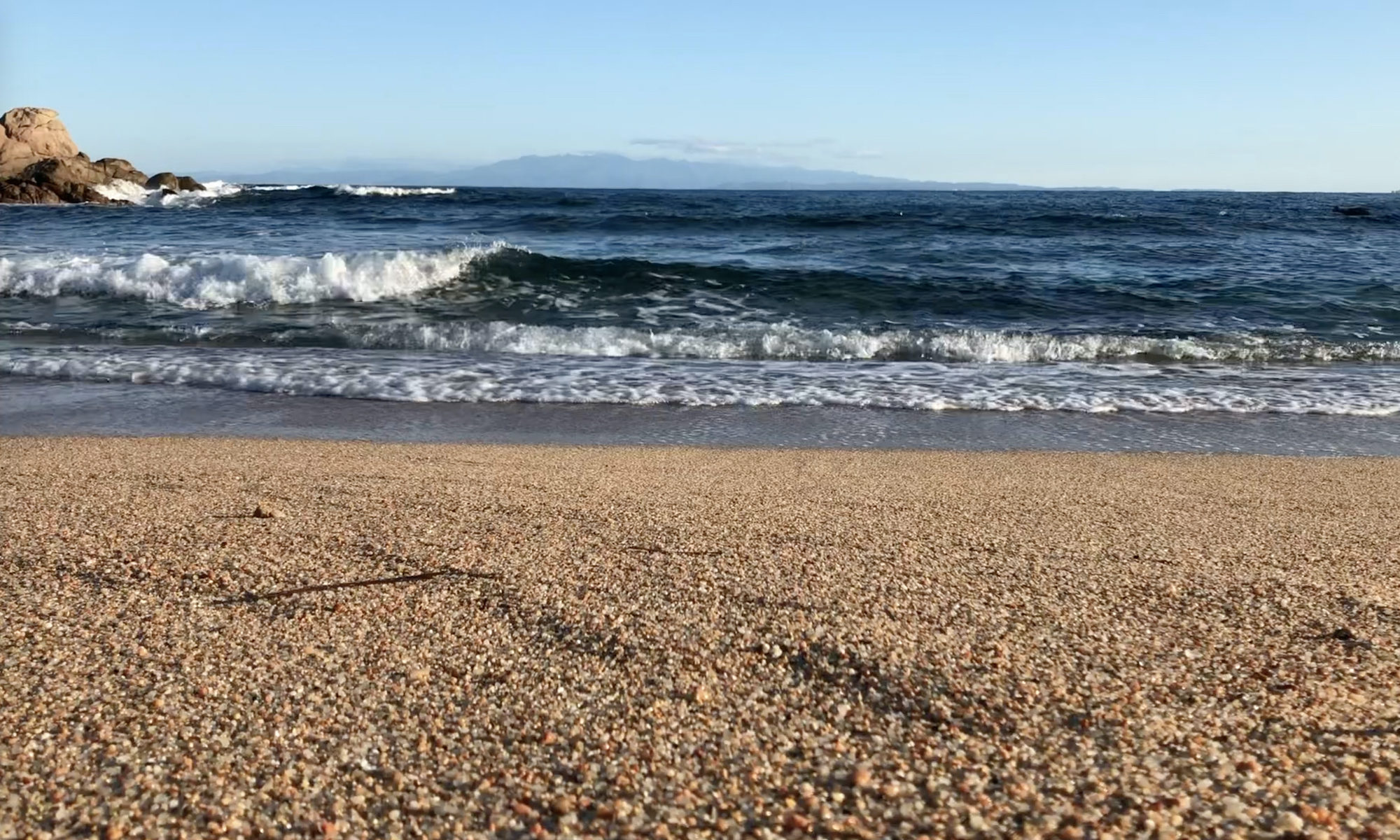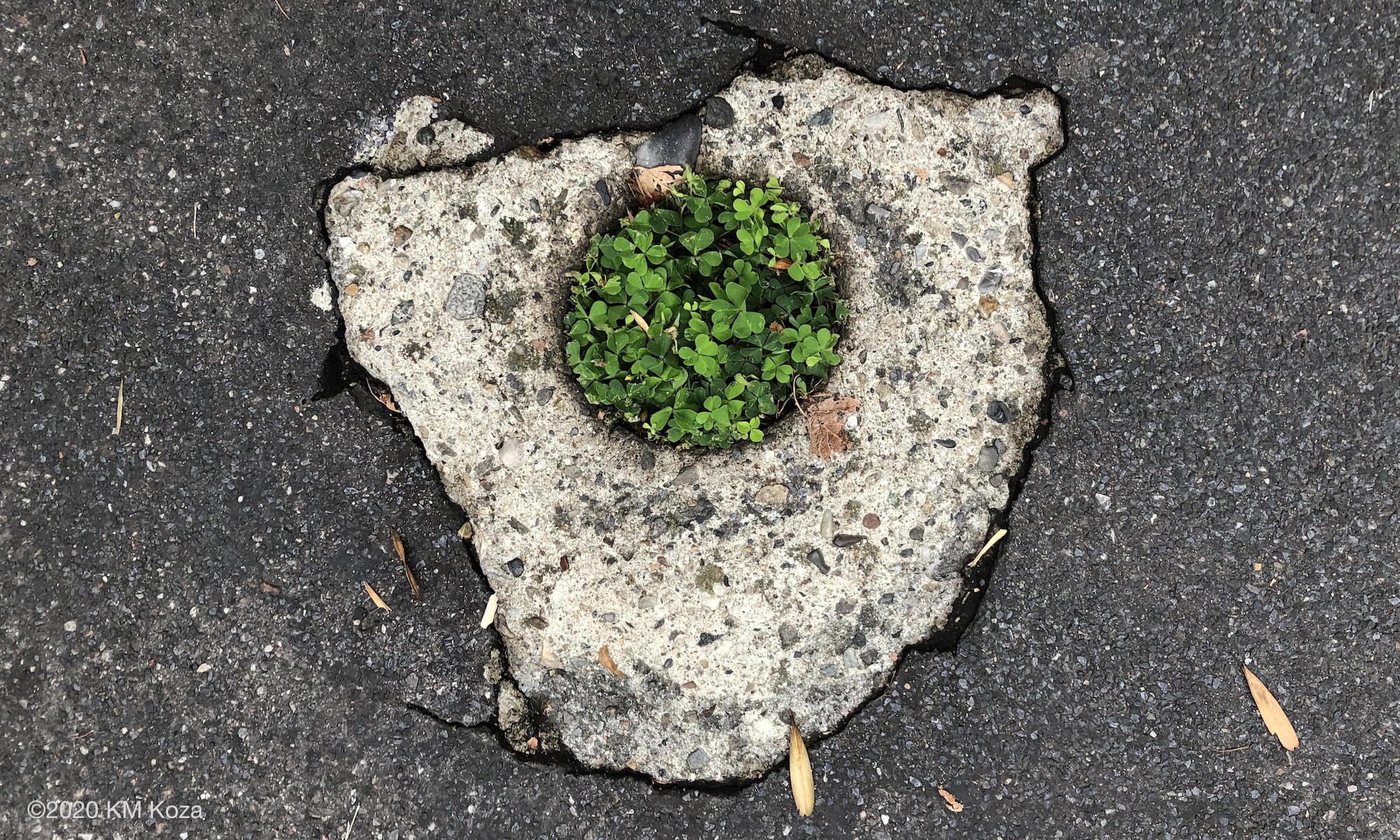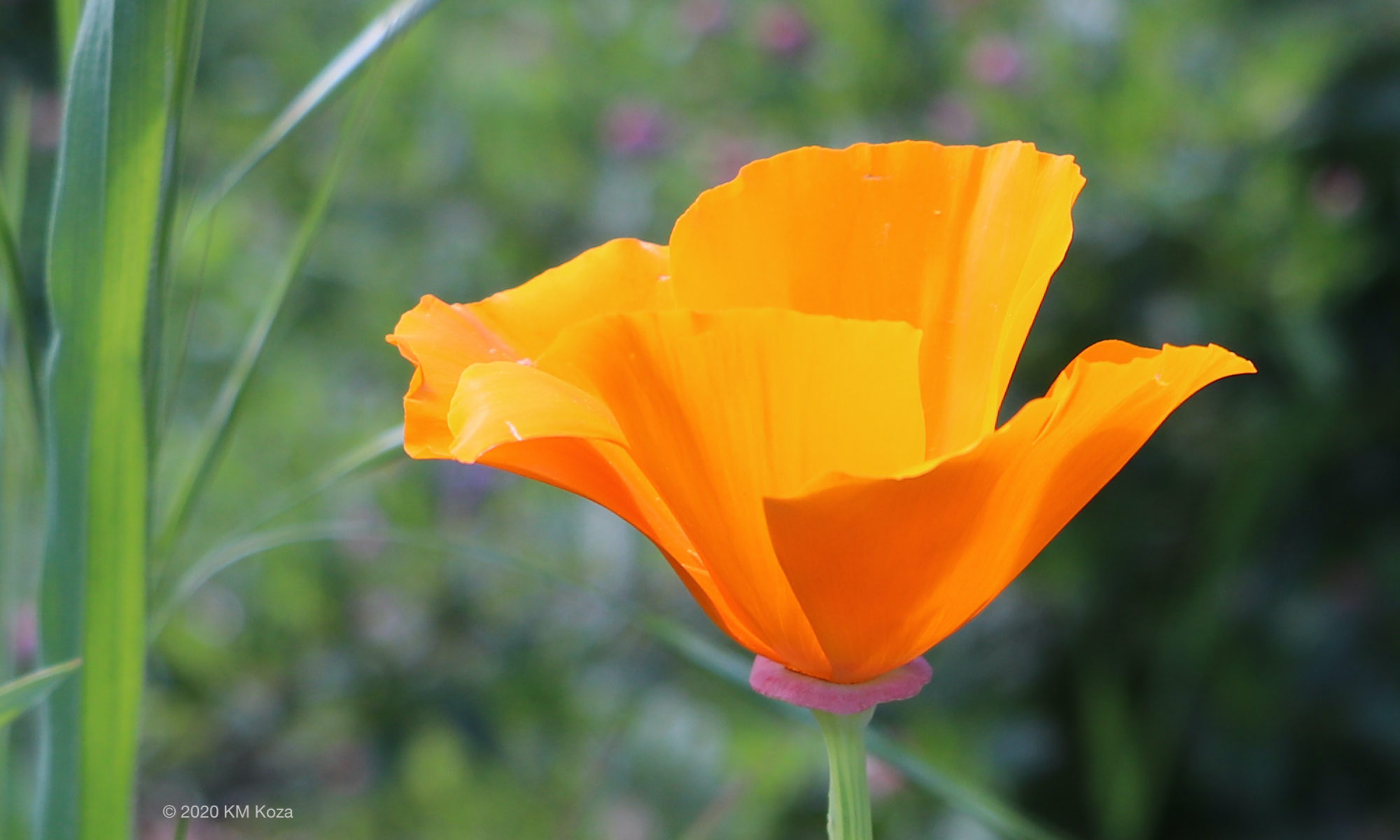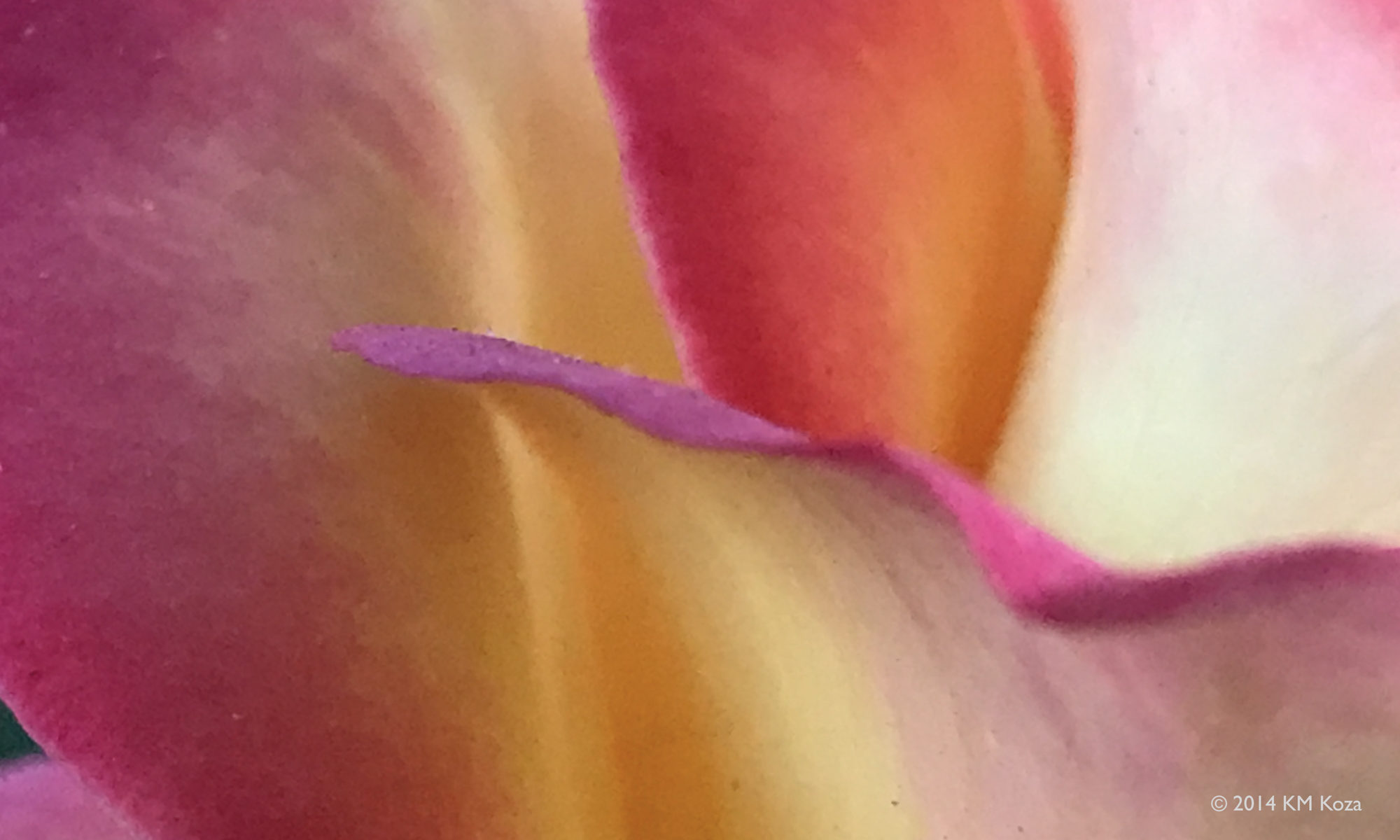Many words to insufficiently describe the difference between appreciating and experiencing art.
The vast quantity of art available online during the Pandemic of 2020 is amazing. Museum collections from the greatest archives in the world; concerts, plays, dance, tours of artists studios, and more, all available in our very own rooms. We don’t even have to dress for the occasion!
The disadvantages of this treasure trove of online art are the same as the advantages: The treasures are online, and vast. The photographs of a painting, the depiction of a weaving, the streaming concert are all wonderful and to be appreciated — but the overwhelming quantity of material, and the arrival of digital art on our gizmo means we see an image or hear a sound much differently than we would experience the actual masterpiece in person.
I wrote about this in the previous piece, The Experience of Art, and I’d like to offer a few more thoughts, specifically about how you can use a single piece of art you find online to deepen your appreciation of art and whet your desire to experience a masterpiece in person.
As mentioned in the previous post, rather than making viewing a quantity of art your goal, seek the appreciation and experience of art. And while you can’t fully appreciate a piece of art via the computer, you can become acquainted with a piece online, and then, when the world calms down a bit, seek the art in person, so you can experience it, for the experience is beyond appreciation.
First, let’s clarify what appreciation means in this context. Appreciation is not liking. You can understand something, and how and why it was made, and perhaps something about its context and history — you can appreciate it — without having a personal inclination towards it, without liking it.
Appreciating something, especially a work of art, takes time. You can practice appreciating art on your computer, tablet, or phone with a masterpiece you find online — we’ll use a painting as an example — over the course of a week.
Find a well-known painting from an online museum collection, and bookmark a high-quality image of it. Set aside 10 minutes each day to look at and contemplate the painting. Yes, that’s 10 minutes, each day, for a week. There’s a great deal to look at, really!
For starters, look at the painting from a distance: Set the size of the replica to fit in your screen so you can see the entire piece at once. What’s the feeling overall, especially if it’s an abstract painting? How do the colors feel together? Look at the shapes, where the light comes from within the painting. Do you imagine a story or background to the the images?
Zoom in on the replica. Look at how the colors, the shapes, the shadows are constructed. Are brushstrokes or pallet knife markings visibile? Can you tell what type of surface lies below the paint? Are there cracks? Is paint perhaps discolored? And is the paint watercolor, oil, acrylic? Do you know the difference?
Some of these details may or may not be visible depending on the quality of the replica — and if they are visible, they are seen but not experienced as you would in person, standing in front of a painting the artist actually touched and worked.
Looking at details is not all you can do. Contemplate beyond what you see: How were the paints made? And from what? Hundreds of years ago, paints were mixed by hand, from natural materials. Imagine matching paints from one day to the next!
How long did it take to make the painting? Was the painting done from a live model, or sketches? How did the painter get a consistent model, consistent shadows, that degree of detail in an era before photo cameras?
Think of the skill of the artist; the task of painting day after day and week after week; making and procuring materials, and more. What’s the context, the story behind the painting? Is the painting from a specifici period in the artist’s life? Do some research about the artist and their life — the time, the country, the social, political, artistic environment in which they lived and worked.
There’s so much you can see and appreciate when you view a replica and consider how it was made, the artist, the history, the context.
All this helps you gain appreciation of a work of art, yet appreciation does not give you the experience of that art — and hopefully, the appreciation engenders within you a desire to experience the masterpiece in person.
The appreciation gives you intellectual information, the experience gives you. . . the experience.
And yes, you can experience a painting, a work of art in person, without having first gone through the intellectual appreciation. The appreciation doesn’t really even prepare you for the experience; at best it can foster the desire to have the experience of a painting. (See the previous post for my description of experiencing, for the first time, a painting which I knew by replica.)
Now you’ve read way too many words suggesting you learn how to appreciate art, hopefully with the end result of motivating you to experience art.
Dare I write that if you’ve read this far, you’re becoming a student of the Humanities — which for centuries were considered essential, teaching us how to live?
Stop reading, find a masterpiece to appreciate, and when you can, go to a museum, gallery, or studio to have the experience of a masterpiece.
###
A note on the image in the header: Yes, it’s mine, and obviously, it’s a take off of Andy Warhol’s Campbell’s soup cans, with visual commentary relevant to 2020: Rather than tomato or chicken soup, we have vegetarian vegetable soup, a photo of which appears on the requisite monotonous smart phone, duplicated as in Warhol’s work. The upside down can, an attempt at differentiation, is barely noticeable. I could write more about this, but I won’t — at least not now! ~ KMK





